Getting in the Heads of MOB Tenants
What health-care tenants need and where the sector’s heading.
Tenants in the medical office building space can have very distinct and precise requirements. And as niche as the sector is, these needs become even more specific when examining the various types of tenants.
Overall, MOBs are performing well, and are set to continue to do so. As long as the broker knows what’s hot and what’s not, we found out, the space is rich with opportunity. Here’s what insiders taught us.
MOB market performance in 2024
“From where we sit, we think that the market is in pretty good shape in terms of the demand for medical space and what that is doing to occupancy,” Jay Johnson, national director in the health-care market at JLL, told Commercial Property Executive.
Johnson noted that JLL has seen occupancy rates creeping up, causing upward pressure on rental rates. And while leasing volume slowed in 2023 and in early 2024, those rates are beginning to pick up now.
“There is a lot of investor demand in health-care real estate,” Johnson said. “That’s been a trend for years now and it is continuing. As some of the other sectors in real estate are in a moment of change, I think you are seeing more capital coming toward health-care real estate and that is keeping values high for right now and into the near future.”
One of the primary factors driving strong fundamentals comes from the shifting health needs of the nation. The youngest Baby Boomers are entering their 60s, the general population is aging and people are more keen than ever on investing in their health.
READ ALSO: MOB Tenants Pay a Premium for These Markets
While some in-person medical demand is offset by modern technology and telehealth availability, Johnson hasn’t seen the impact within clinical and in-person real estate that one might assume.
“Unlike traditional office properties, you’ll find limited if any rent abatements or other leasing incentives offered to tenants, given high occupancy rates across the U.S. Demand in the sector has always outpaced supply, especially since MOBs are rarely built on a speculative basis,” mentioned Sabrina Solomiany, Berkadia senior managing director & head of Medical & Life Sciences.
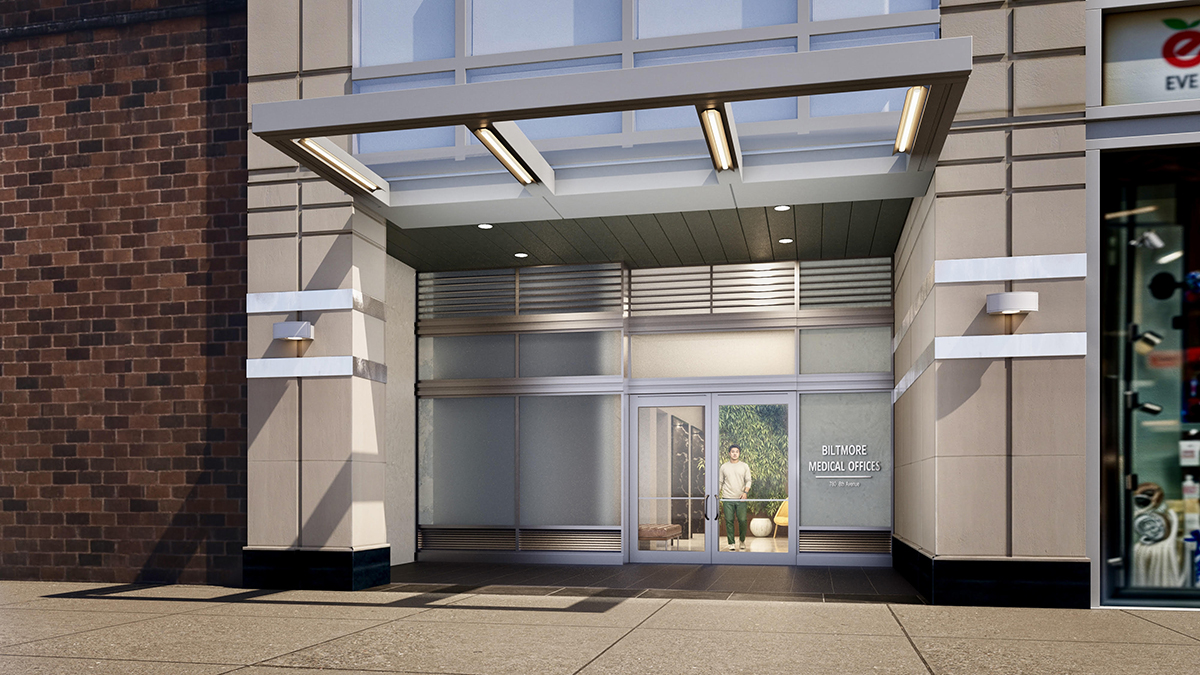
Physical considerations for MOB tenants
Considering the strength of the sector, what do these types of clients want out of their real estate? Answers vary.
Different medical office space occupiers need different special requirements, dependent on the medical use case itself. For example, dentists can have a more open-floor layout with curtain walls—or even just curtains—separating patient spaces, while a therapist’s office might need larger siloed rooms with noise cancelling and privacy capabilities.
But there are some general checklist items that most in the health-care space search for.
One aspect of the MOB space that is more idiosyncratic to the medical industry is a beehive layout, Michael Cohen, managing principal with Williams Equities, noted. It’s critical for tenants to access one larger waiting room and greeting area, perhaps off of an elevator bank, followed by a series of smaller exam, operating, consulting etc., rooms. Unlike traditional office tenants, these rooms don’t always need a window.
High plumbing requirements can also be a must. Cohen noted that for one building owned by Williams Equities, every column is a “wet column” so that the company can accommodate to a larger number of sinks and restrooms. This is, for example, particularly important to dentists.
“Having a building where the water doesn’t need to be piped over long distances from the restrooms in the core to each and every dental chair is a big advantage,” Cohen added.
For more clinically niche or intense medical offices, such as surgery centers or infusion centers, that higher level of acuity often means a higher level of need. Johnson noted that, in these cases of higher specialization, there may be a need to evacuate a patient to a hospital. This means that a gurney elevator can also be on the checklist.
READ ALSO: Outpatient Facilities Step Into the Spotlight
Highly specific and nuanced medical office tenants can require hefty buildouts for special machinery too. And the load bearing capacity must be able to handle things such as MRI and X-Ray machines.
“It’s not the kind of machinery that can be wheeled in and out or filled into the space,” Jason Muss, president of Muss Development, said. “And a lot of the demising walls are a lot more substantial than you would have with your typical office tenant. There is a need for privacy or noises from machines or radiation that has to be stemmed. There is physically a lot more substance to the buildout.”
Eric Hoffman, vice president & national health-care sector lead at Project Management Advisors, mentioned that ease of access into MOBs is becoming increasingly critical, all while health-care patients become more tech-savvy.
“Physical access considerations such as the location of a building, the ease of getting inside, parking options and proximity to public transit need to be fully integrated with the technical experience a patient will have before, during and after their visit, such as virtual scheduling, text updates and follow ups,” Hoffman added.
Matching the right tenant to the best landlord

MOB brokers—and brokers in general—need to understand that just because a physical space suits the needs of their medical client, it does not mean that it’s the best overall pick. Another serious factor is the compatibility between landlord and tenant.
On the landlord side of things, bringing a medical tenant into an office building has both pros and cons. One upside, Muss noted, is that health-care companies are usually credit worthy due to their ownership by or affiliation with larger hospitals. Another is their relative stickiness.
“They don’t leave very easily,” Muss said. “They won’t go around the block and change their flow of traffic and try to explain a new location to their clientele if they don’t have to.”
These often higher-credit and longer lease tenants offer a lot of upsides. For a lot of landlords, it’s a real estate match made in heaven. But the cons for landlords are significant too. Primarily, it comes down to hefty and expensive improvements and buildouts.
“The cost of construction is on a different level than it is for your typical office tenants,” Muss underlined.
Many landlords are hesitant to take on this burden. And conversely, many medical tenants are wary of signing on with a landlord that isn’t financially stable or could change course or rehab somewhere down the line, causing an expensive and burdensome move.
“Who bears the cost kind of depends on the nature of the property and the market around that property,” Johnson said. “Some of the costs might shift to the landlord, some might shift to the tenant. It depends on market dynamics and the nature of that specific improvement.”
Tenant and landlord relationships for medical buildings need to be financially transparent. Nathan Riley, principal of asset management at BGO, told CPE that considering capital market volatility, not all landlords are in a strong enough financial position to support a medical tenant.
“Just as landlords try to evaluate whether a tenant will make it through the lease term, tenants should be evaluating their potential landlords,” Riley said. “Tenants should be asking if the building they want to lease has debt, if the lender is funding any lease concessions, if the lender has to approve the lease before it can be signed.”
And then there are landlord and tenant factors surrounding specific tax policies. Pre-pandemic, landlords were more reluctant toward longer leases. Now, considering the difficulties in the office space, many landlords are keener on longer-term leases, generally working in favor of some health-care tenants.
“I think 501(c)(3)s in general are going to find many more landlords receptive to doing very long-term leases because at the end of the day it’s a win-win, cutting the city’s $10, $15 or $20-per-foot worth of property taxes out the equation,” Cohen said of medical tenants in New York City. “It lowers the overhead for the not-for-profit and it makes the landlord able to offer a much more affordable rent.”
And then there are non-501(c)(3) tenants that are seeking a landlord that will welcome their use and put in money for buildouts and improvements. In this case, the relationship is more of a long-term partnership and the landlord must be receptive to it.
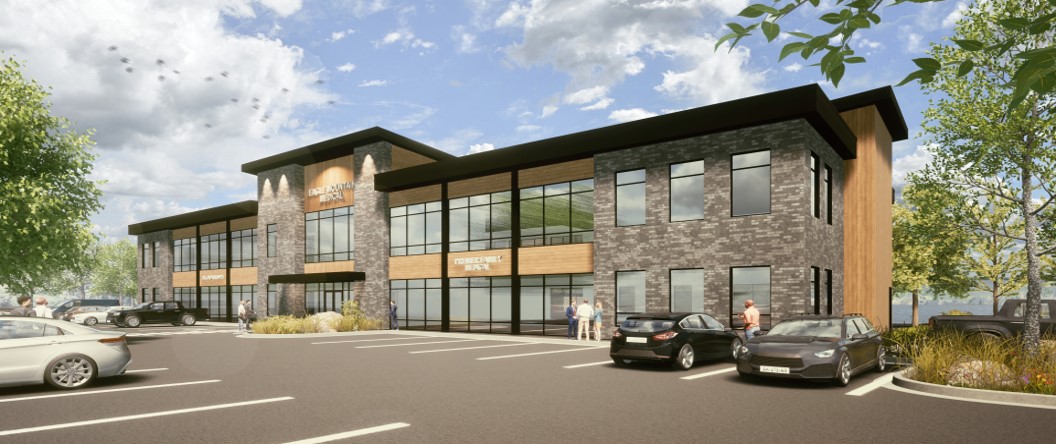
The Certificate of Need can also influence the relationship. Cohen noted that there is a Catch 22 for the CON that often takes place in NYC: The lease must be signed for the tenant to apply for the certificate, so the lease is contingent upon its granting. But for tenants with great reputations, this isn’t usually an issue.
“The landlord doesn’t necessarily fret over the Certificate of Need variable, but they have to be willing to play along with the conditions in the lease that provide the tenant the opportunity to apply for the CON and obtain it before the lease is effective,” Cohen stated.
Location-based factors that medical tenants will pay for
Riley thinks that location is one of the most important factors, both for site selection and when underwriting an MOB investment.
“How dense is the population within a 1-, 3-, and 5-mile radius,” he prompted as a key question to ask. “How saturated is the market already with this type of practice? What are the major hospital systems nearby and is there an existing relationship/referral business with them? If there are other medical tenants in the building, could there be an opportunity for referrals? Is the building easily accessible? Is it near any major roads/highways? In most instances, the more positive answers, the better the location.”
In a broad sense, these are vital questions. In a JLL survey with more than 4,000 respondents, location/proximity ranked as the second-most-likely determining factor for almost all medical care types, ranking just below insurance acceptance.
“You want to be close to your patients and you have to consider the level of saturation in the market, as well as in terms of where your competitors are,” Johnson said. When working with hospitals, physicians and other clinic operator-type clients, JLL creates location models to demonstrate what sites may or may not be successful based on the surrounding population’s care options.
In markets that are densely packed, a scarcity of space can further drive rental rates. And while the critical mass can be appealing, it can also price some health-care tenants out.
An MOB migration off campus
There are several leasing themes that medical office experts anticipate continuing to see throughout this year and into the next. Among them is a shift from inpatient care toward outpatient facilities.
“Specialized MOBs that draw from a wider geography but are still more convenient than the main hospital campus” drive a top trend, Hoffman said.
The move has been prevalent for decades, of course, furthered by private equity and technology investments into outpatient care. The list includes remote patient monitoring, adult care facilities, imaging centers, lab centers etc., according to a 2024 JLL health-care outlook.
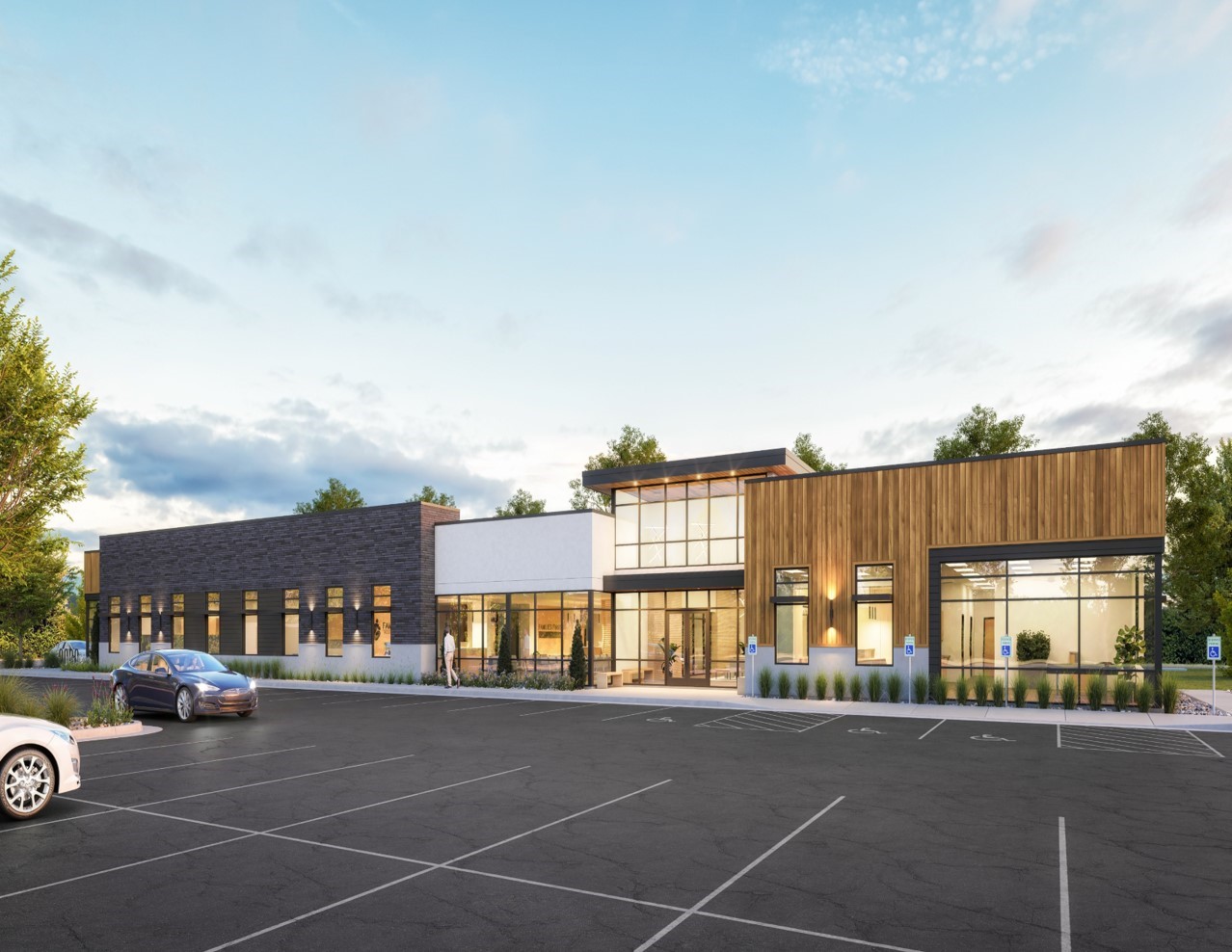
Johnson pointed out that in MOB leasing, specialty relationships between different types of medical providers in the same building can be a strong selling point for a location. These multispecialty hubs of sorts offer a variety of benefits whether the providers are under the same management or not: efficiency of operations, economies of scale in rental prices, increased foot traffic etc.
“The medical office building in this case isn’t a retail location, but it’s a retail way of thinking,” Johnson said. “Having a certain mix of retail tenants makes that location stronger and they all benefit collectively.”
For on-campus clinics, many health systems need more liquidity after economic hardship brought about by the pandemic. As a result, “We may see more on-campus sale-leasebacks to give health systems the cash injections needed to grow,” Riley concluded.
What an MOB broker should know
One part of the broker’s job is knowing which buildings and landlords are receptive to medical tenants and will accommodate their use cases. And which ones won’t.
“A medical tenant is not looking at the same universe of options that a conventional office tenant is,” Cohen said. This could be due to the plethora of factors, from expensive buildouts to Certificates of Occupancy to unstable landlords etc. It’s a broker’s job to know why.
Beyond understanding the specifics of buildings, brokers need to have a broad understanding of the ways in which medical care is delivered, Hoffman said. “With that knowledge, they can translate the clinical request for space and be better able to find real estate opportunities that align with the needs of MOBs.”
Riley noted that one piece of advice he received when he stepped into a medical building asset management role was to understand the business model of medical tenants.
“When we have a property under contract and are conducting buyer interviews, if I can show an understanding of the practice and show familiarity with any state/local requirements, insurance carriers etc., it helps me demonstrate to the tenant that I understand their needs and fosters trust,” Riley said.



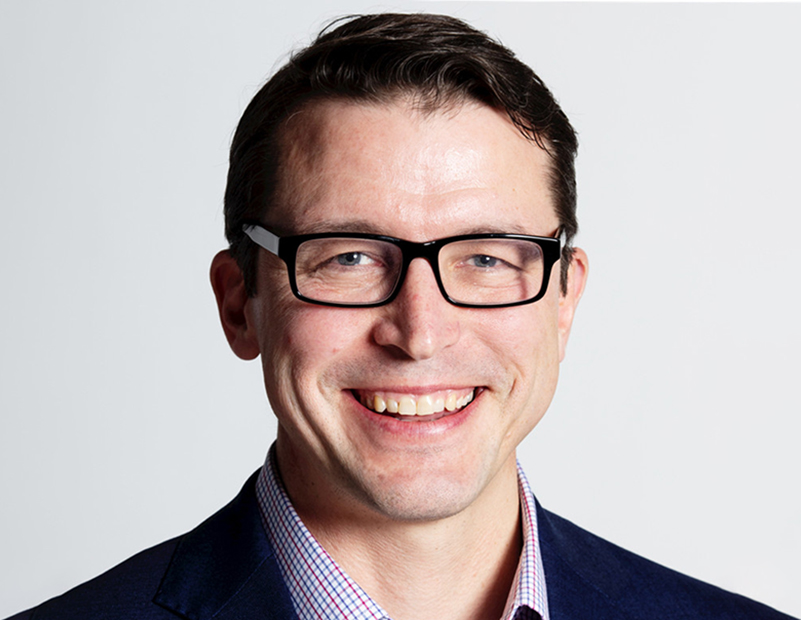
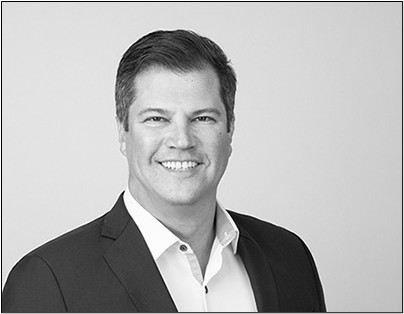



You must be logged in to post a comment.